Clarifying Shampoo: What Is It, Benefits, And Types
Not all clarifying shampoos are good for you, so choose yours wisely to protect your hair.
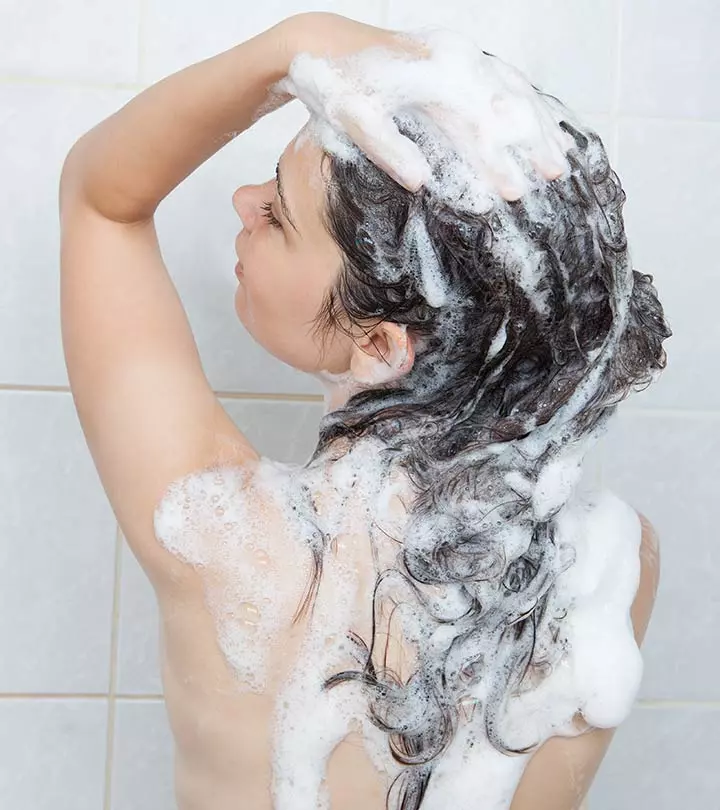
Image: Shutterstock
Clarifying shampoos are a type of deep cleanser that reinvigorates your scalp and makes your hair light and shiny. These shampoos deeply cleanse the scalp and remove excess oil, dirt, pollution, grime, and product residue. These impurities can otherwise affect scalp health and lead to serious hair and scalp issues.
Some hair types get greasy very quickly, making hair strands feel weighed down. A clarifying shampoo refreshes the scalp and leaves you with clean and beautiful hair. We hope that you got the answer to the question, “What is a clarifying shampoo?” Now let’s learn about the benefits of washing your hair with a clarifying shampoo and how you can add it to your daily hair care regimen.
In This Article
What Are Clarifying Shampoos?
Clarifying shampoos contain a high percentage of strong cleansing agents that cut through the dirt, sebum, mineral deposits, and hair product residue on your scalp, leaving it squeaky clean.
They mainly contain sulfates (both lauryl and laureth). Be informed about the impact of sulfates in shampoo and how they might affect your hair and scalp health.
Regular shampoos cannot remove all traces of dirt and residue. Using clarifying shampoos once in a while leaves your scalp and hair feeling refreshed. You need to clarify your scalp, especially if you swim or stay in an area where you get hard water.
Using clarifying shampoos can help your hair in many ways. Lets take a look at them.
Key Takeaways
- Clarifying shampoos help remove product buildup, restore your hair, and make it more bouncy and shiny.
- However, you should not use a clarifying shampoo more than once or twice a week as it may dry out the scalp and hair.
- Purifying scalp scrubs and detox shampoos are the two types of clarifying shampoos widely available.

Benefits Of Using Clarifying Shampoos
1. Remove Product Buildup

Regular shampoos cannot provide thorough cleansing. Everyday exposure to dirt, dust, and hair care products causes further buildup on the scalp, leading to scalp issues and itchiness. Using a clarifier shampoo is like a hair detox that gives you a clean canvas to start again. It clarifies mineral and chlorine buildup caused by hard water and swimming pool water.
2. Rejuvenate Your Hair
Excess product buildup weighs the hair down, making it appear lifeless, dull, and flat. Clarifying shampoos restore the shine, make your hair bouncy, and improve manageability. They can also give a volume boost to fine hair.
 Quick Tip
Quick Tip3. Prep The Hair For Coloring
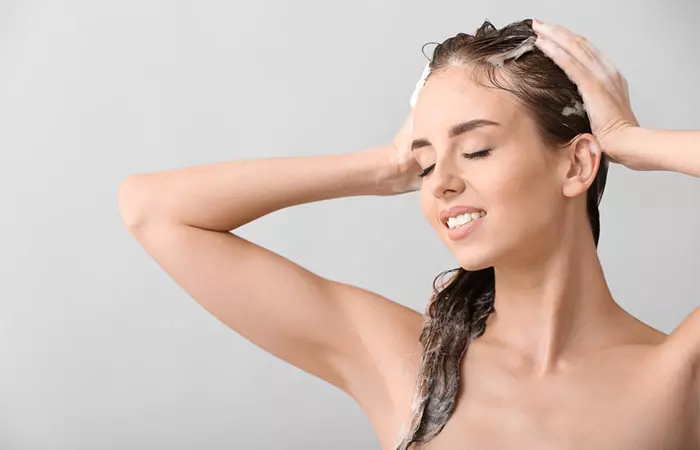
Using a clarifying shampoo before dyeing your hair ensures better color deposits on the strands. The hair is free of any oil and scalp buildup that may form a shield between the strands and the color. However, ensure to clarify your scalp a day or two before coloring.
Excess use of clarifying shampoos can be detrimental to hair and scalp health. In the next section, we have discussed a few reasons to be wary of clarifying shampoos.
Drawbacks Of Using Clarifying Shampoos
1. May Strip Your Hair Dye
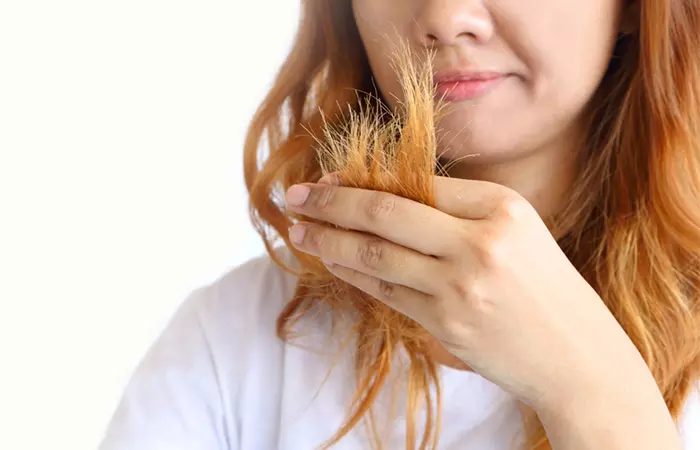
The surfactants in clarifying shampoos can strip the color of your hair strands. If you have recently dyed your hair, avoid clarifying shampoos.
2. Strip The Natural Oils
Excessive use of clarifying shampoos strips the natural oils from your scalp. As a result, the sebaceous glands on the scalp produce excessive oil to cover up the loss, leading to greasiness.
3. May Cause Hair Breakage And Scalp Issues
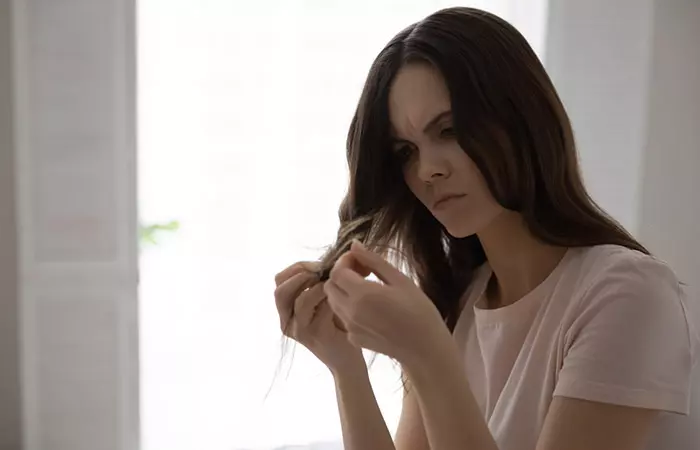
Without the natural oils, the hair becomes dry, frizzy, rough, unmanageable, and brittle. This may lead to hair breakage and hair loss. Clarifying shampoos may also aggravate scalp conditions like eczema and scalp psoriasis.
If you have any scalp issues or color-treated hair, avoid using clarifying shampoos. However, if you have an oily scalp or use many hair care products, you may need to clarify your scalp. Read on to find out how to use a clarifying shampoo.
How To Use Clarifying Shampoos
- Wash your hair and squeeze out the excess water with your hands.
- Work a dollop of the shampoo in your palms and apply it to your scalp.
- Massage your scalp thoroughly for a few minutes before moving across the hair length.
- Leave it on your scalp and hair for not more than 30 seconds.
- Rinse well with water and follow up with a conditioner.
Avoid shampooing twice as it may dry out the scalp and hair. Read on to find out how often you should use a clarifying shampoo.
How Often Should You Use Clarifying Shampoos?
Never use a clarifying shampoo more than once or twice a week.
Use it once a week if:
- You have an oily scalp and do not use hairstyling products.
- You have to stay outside for long hours and sweat profusely.
Use it twice a week if:
- You regularly use hairstyling products and have an oily scalp.
If you have natural hair, it is best to use a clarifying shampoo once in two weeks.
Note: If you have dry hair, using a conditioning treatment right after a clarifying shampoo is non-negotiable as it can restore moisture and keep your strands feeling soft and nourished. This step is essential since clarifying shampoos can sometimes strip natural oils, leaving dry hair feeling brittle.
Before buying clarifying shampoos, check for the following ingredients.
Ingredients To Look For In A Clarifying Shampoo

The best clarifying shampoos may contain anionic detergents like (1):
- Lauryl Sulfates: These work in both hard and soft water and lather. Lauryl sulfates are excellent cleansers and can be rinsed off easily. Popular lauryl sulfates used in shampoos include:
- Sodium lauryl sulfate
- Ammonium lauryl sulfate
- Triethanolamine lauryl sulfate
- Laureth Sulfates: These are milder than lauryl sulfates but are excellent cleansers and have foaming properties. Commonly used laureth sulfates in shampoos include:
- Sodium laureth sulfate
- Ammonium laureth sulfate
- Triethanolamine laureth sulfate
You may also look for ingredients like alpha-olefin sulfonate and sodium stearate. These ingredients can cleanse dirt and buildup from the scalp.
 Quick Tip
Quick TipIn addition to clarifying shampoos, you can also use other scalp clarifying products. Take a look.
Different Types Of Clarifying Shampoos And Products
1. Purifying Scalp Scrub
Scalp scrubs work the same way as facial scrubs. They exfoliate the scalp and remove dirt and product residue. When buying scalp scrubs, check for clarifying and hydrating ingredients like aloe vera, apple cider vinegar, essential oils, and sea salt.
2. Detox Shampoos
Detox shampoos are clarifying shampoos meant for people who use lots of hair products. They may contain ingredients like tea tree oil, apple cider vinegar, and menthol and help purify the scalp and manage issues like dandruff. Detoxifying shampoos are mostly comprised of natural ingredients and oils and do not contain silicones and sulfates. Yet, these names could be used interchangeably, so make it a point to check the ingredient list if you are looking for chemical-free products.
Clarifying and purifying shampoos are used interchangeably. However, there are key differences between them. Learn more in the next section.
Clarifying Shampoo Vs. Purifying Shampoo
Choosing the right shampoo for your hair is essential for addressing specific issues like hair fall and maintaining overall hair health. Below are some essential differences between Clarifying shampoo and purifying shampoo.
| Clarifying Shampoo Purpose: Removes product buildup, excess oil, and environmental impurities from the hair and scalp Frequency: Intended for occasional use, typically once a week or as needed Effects: May strip natural oils and is suitable for oily hair or after extended product use Ingredients: Contains strong cleansing agents like sulfates | Purifying Shampoo Purpose: Detoxifies the hair and scalp using natural ingredients to remove impurities and pollutants Frequency: Suitable for regular use as a gentler option to maintain scalp health Effects: Cleanses without over-stripping and is beneficial for different hair types Ingredients: Contains milder, naturally derived cleansers and botanical extracts |
Infographic: Pros And Cons Of Clarifying Shampoos
Clarifying shampoos are the most effective method to remove buildup, chlorine, and minerals, leaving your hair feeling incredibly clean. They contain potent cleansing agents that work great for removing all gunk from your hair and scalp. However, due to their intense cleaning properties, clarifying shampoos have been criticized for causing dryness. Check out the infographic below for a recap on the advantages and disadvantages of using a clarifying shampoo.
Some thing wrong with infographic shortcode. please verify shortcode syntaxClarifying shampoo is designed for removing product buildup and excess sebum from the hair. It is intended for occasional use to deeply cleanse your hair. Unlike regular shampoos, clarifying shampoo can remove all dirt and residues from the scalp. Using clarifying shampoo provides thorough cleansing, rejuvenates your hair, and prepares it for coloring. However, it may strip your hair color due to the presence of surfactants. It may also remove the natural oils from your hair and cause breakage. So, do not use it more than once a week.
Frequently Asked Questions
Does clarifying shampoo lighten hair?
No, clarifying shampoo cannot lighten your natural hair color. However, it may fade hair dyes as it has a potent formulation for deep cleansing.
What does clarifying shampoo do to bleached hair?
Clarifying shampoos can neutralize the chemicals left behind after a bleaching treatment that may have disrupted the hair’s and scalp’s pH balance.
Do I use regular shampoo after clarifying shampoo?
Yes, you can use a medicated or a nourishing shampoo after clarifying shampoo to keep your scalp healthy and nourished.
Learn all about clarifying shampoo and how to use it for your hair! Check out this video to get tips on when and how often to use it and the benefits of using it regularly.
References
Articles on StyleCraze are backed by verified information from peer-reviewed and academic research papers, reputed organizations, research institutions, and medical associations to ensure accuracy and relevance. Read our editorial policy to learn more.
- Shampoo and Conditioners: What a Dermatologist Should Know?,
https://www.ncbi.nlm.nih.gov/pmc/articles/PMC4458934/
Read full bio of Dr. Meena Konada
Read full bio of Ramona Sinha
Read full bio of Anjali Sayee
Read full bio of Monomita Chakraborty






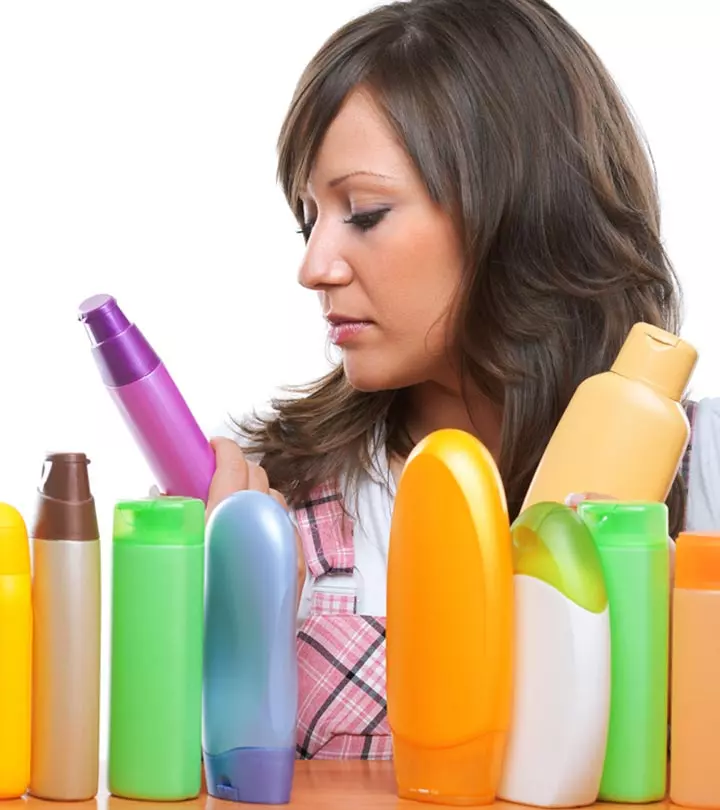
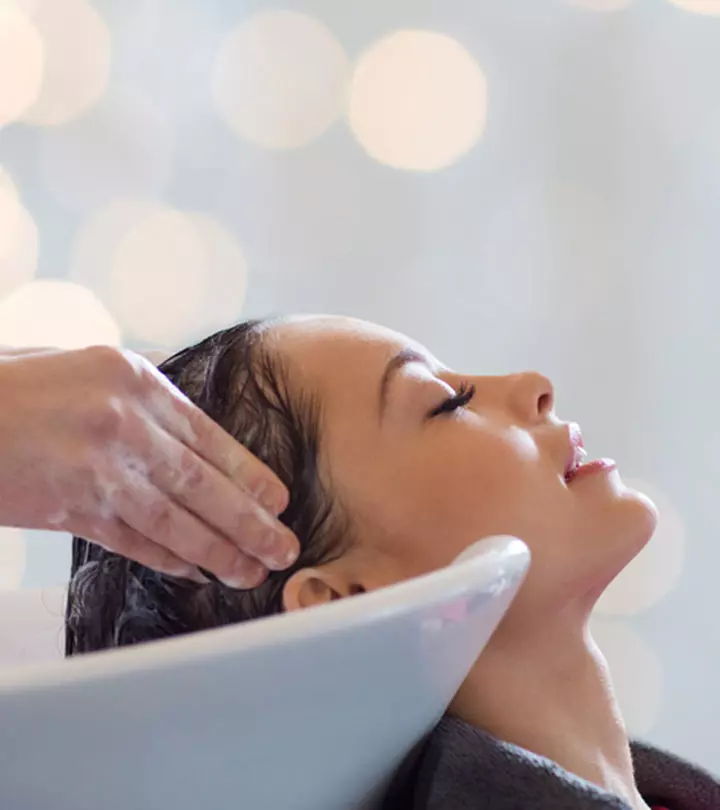
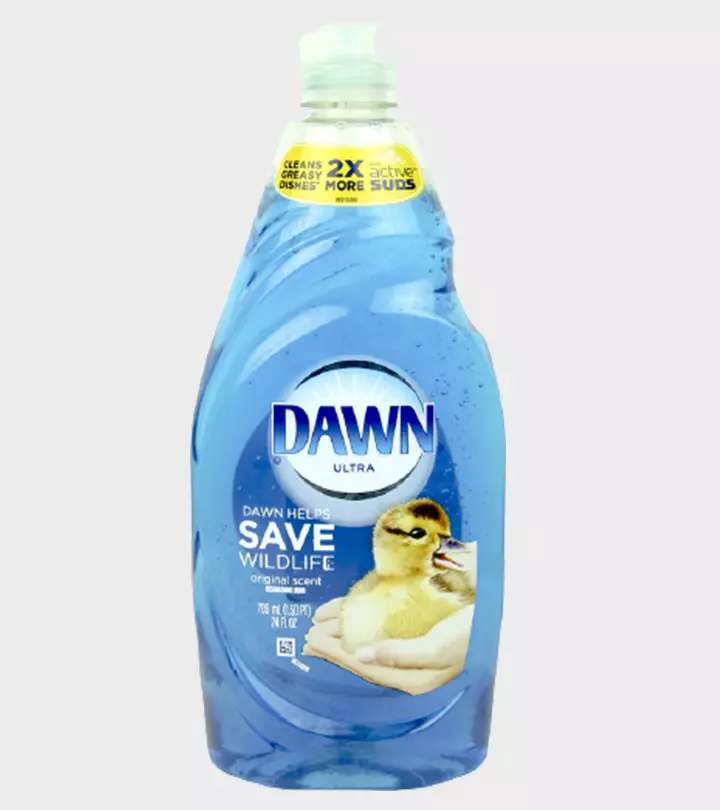

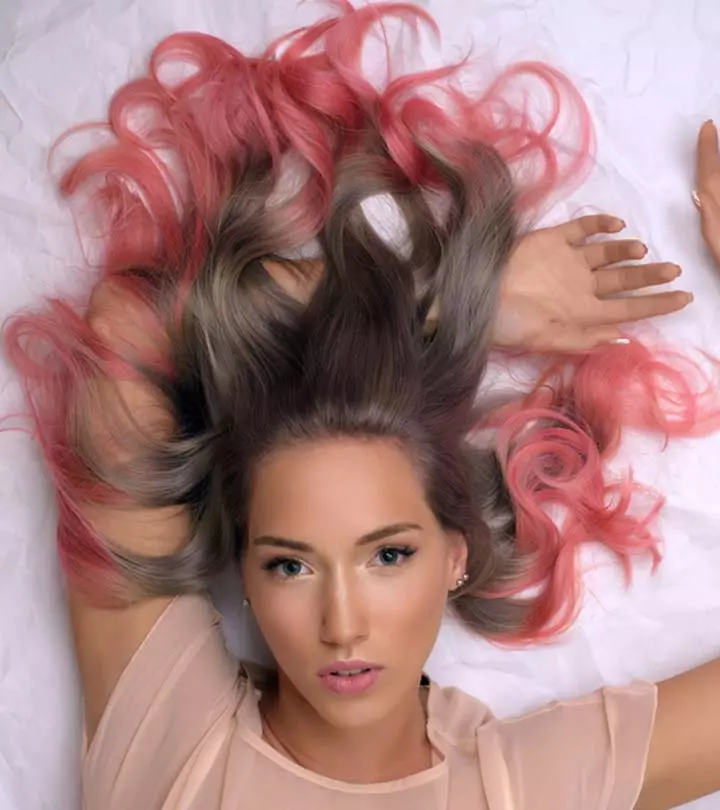
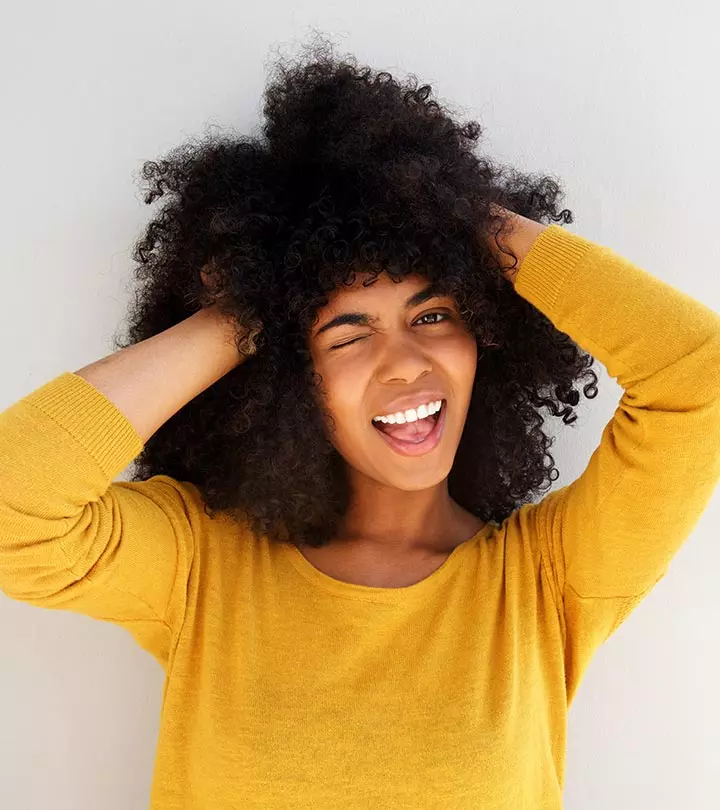

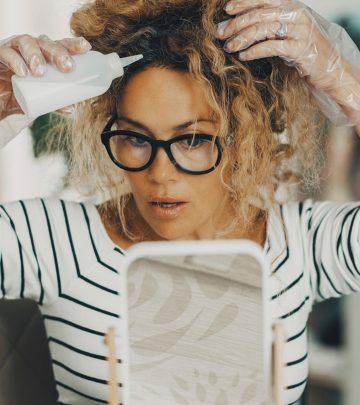

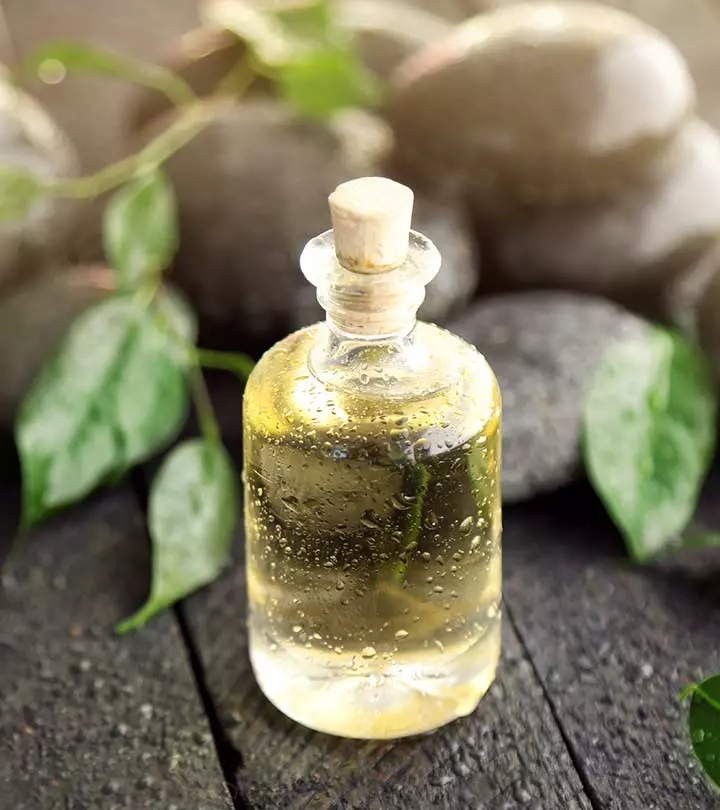
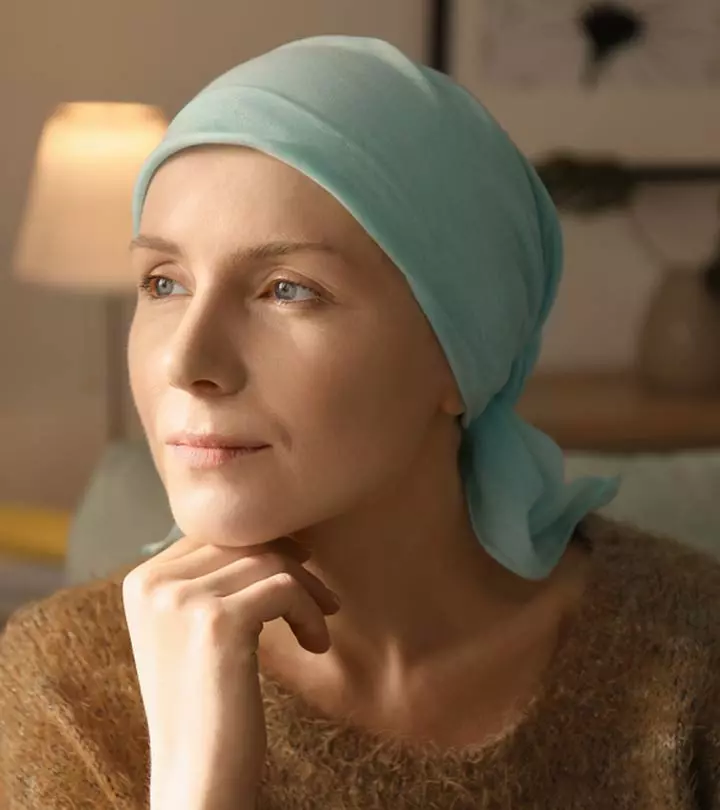


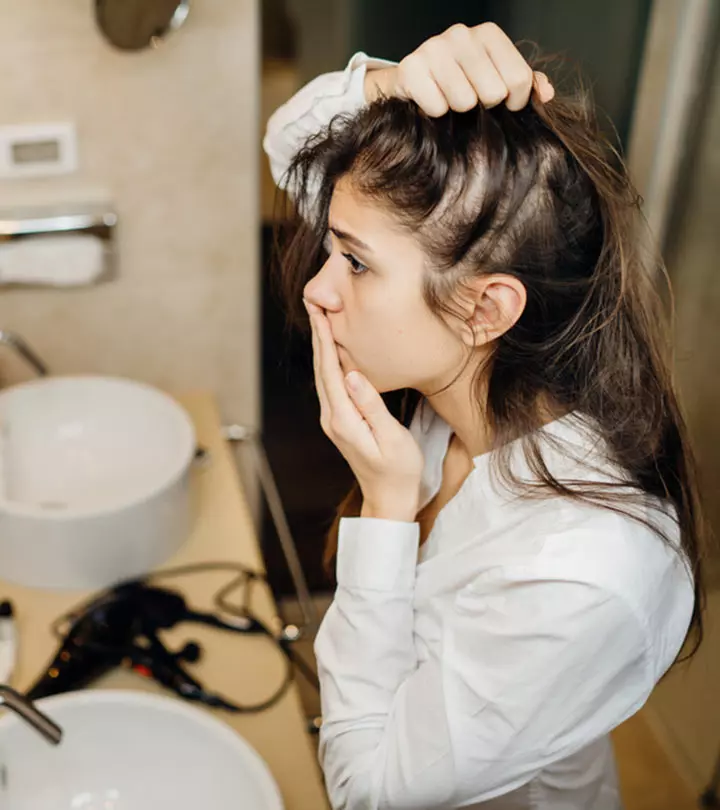
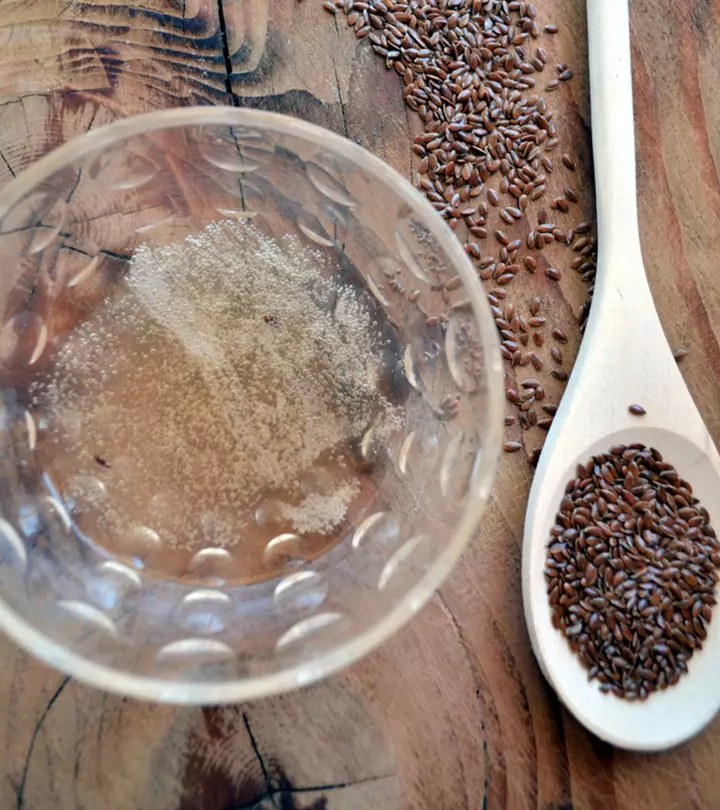

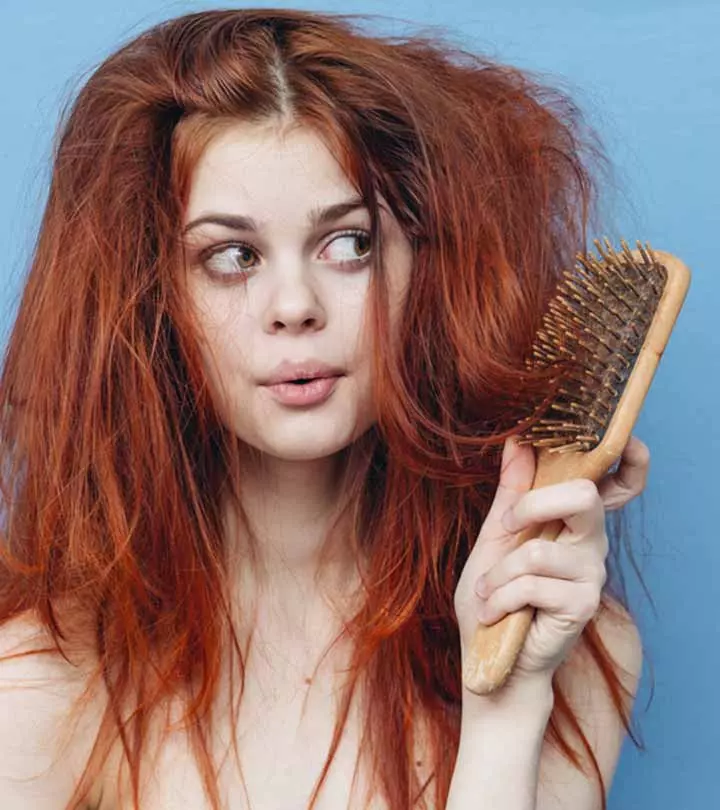
Community Experiences
Join the conversation and become a part of our empowering community! Share your stories, experiences, and insights to connect with other beauty, lifestyle, and health enthusiasts.